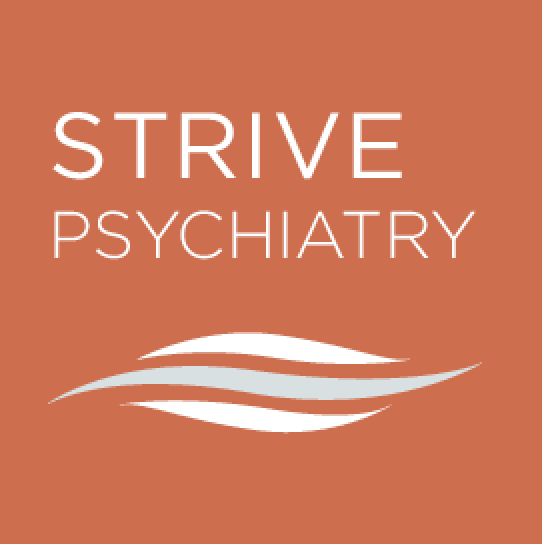So you are ready to try TMS Therapy to help your depression. It makes sense, Transcranial Magnetic Stimulation – TMS – is FDA approved, covered by insurance, and has impressive clinical results for relief and remission of depression. You’ve done your research, you are ready to make a call to set up an appointment, but you might not know which TMS provider you should go to. If this feels familiar, then this blog post is for you. Continue reading to learn about:
- The different coils and why they matter
- Common terms for TMS machines
- The importance of experience
If this is the first time you have heard of TMS, we highly recommend you check out this page to learn more as that knowledge will be useful for this article.
Paddle Vs Helmet
Across the board, TMS Machines all work the same way, but there are some key differences to consider when you are looking into a provider. The main one of these is the delivery method of pulses. There are 2 main types of delivery methods.
The Helmet
The first is through a helmet, which has a circular coil. A helmet delivers pulses that are diffused through a relatively broad region of the brain. Evidence shows that this method can penetrate into the brain a little deeper than the paddle method. (About 4 cm vs a paddle’s 2-3.) Does this change in depth matter? There are some indications that it can help treat OCD and smoking addiction, with some studies showing success, however, more research is needed. One downside of the helmet is that many patients find it uncomfortable and the side effects tend to be more obvious. Another downside is the range of pulses is broad and diffuses throughout a larger area of the brain. Many mental health experts agree that focused pulses are a better choice for treating depression.

The Paddle
The other method is through a paddle. A paddle is fixed to an arm that is connected to the machine and rests against the patient’s head. This is a more comfortable option for patients. The paddle has a figure 8 shaped coil, which focuses a pulse where the coil crosses in the middle rather than through the entire coil as a helmet would. Many studies show that focused pulses yield better results for treatment. The figure 8 coil tends to have milder side effects, which is an important factor in choosing a clinic. At Strive, we follow the most up-to-date studies and research and use that data to guide decisions for selecting a machine. Because of the milder side effects, the more focused pulses, and the greater patient comfort, we use the paddle type of machine in our clinics.
The Machine Itself

Believe it or not, the machine matters. As a patient researches TMS they may come across rTMS, iTBS, deep TMS, and other phrases manufacturers use to describe their functions within their machines. Here is a breakdown of some of the common terms you will see:
- rTMS – stands for Repetitive TMS. All machines are rTMS machines. The FDA cleared rTMS for depression, and, for some machines, OCD.
- iTBS – stands for intermittent theta-burst. These pulses are faster than those in rTMS, which cuts down the time each session takes. Some new evidence shows that iTBS could help ease addiction, schizophrenia symptoms, and Parkinson’s symptoms.
- Deep TMS – Pulses are delivered deeper into the brain via a cone-shaped paddle or a helmet. There are indications that deep TMS helps to ease OCD symptoms and smoking addiction.
Knowing these terms can help a patient decide what treatment method is best for them based on their needs. At Strive Psychiatry we utilize machines capable of rTMS and iTBS.
Experience Matters
Using a TMS machine is not easy – the placement of the coil has to be precise to yield results. This is why finding a clinic with certified and trained TMS technicians is paramount. In addition to this, technicians with a solid foundation of experience can make an enormous difference in a patient’s success. At Strive, our doctors and psychiatrists have regular check-ins with our TMS patients. During these check-ins, a patient is evaluated to see how their symptoms are easing and modify the frequency of pulses or the placement of the coil. Our team has successfully completed thousands of TMS treatments, so they know what to look for every step of the way. Because of this, many of our patients see significant improvement and even remission with TMS therapy.
The other reason experience matters is the time a patient spends with a TMS provider. Generally, sessions last 30 minutes, and a patient visits the clinic 5 days a week for 4-7 weeks. Our team knows that the patient’s experience in the clinic is incredibly important. Because of this, our TMS Technicians spend the whole time in the room with a patient. Not only is this to monitor the machine and the patient closely, but to answer questions, explain processes, or simply to chat about the day. Many patients become friends with our technicians because of how much time they spend together. This is something a potential patient should consider when deciding on a provider.
The Wrap Up
At Strive, we firmly believe that a patient should research their treatments, whether through reading academic articles, searching online, or asking a qualified mental health expert. We want you to be on board with your treatment plan. If TMS is something you are considering, please feel free to reach out to one of our knowledgeable team members to learn more or book an appointment.
Related:
What is TMS Therapy? Your Way to Defeat Depression
Resources:
https://www.floridatmsclinic.com/tms-devices
https://pubmed.ncbi.nlm.nih.gov/25450537/
https://www.brainsway.com/treatments/major-depressive-disorder/


